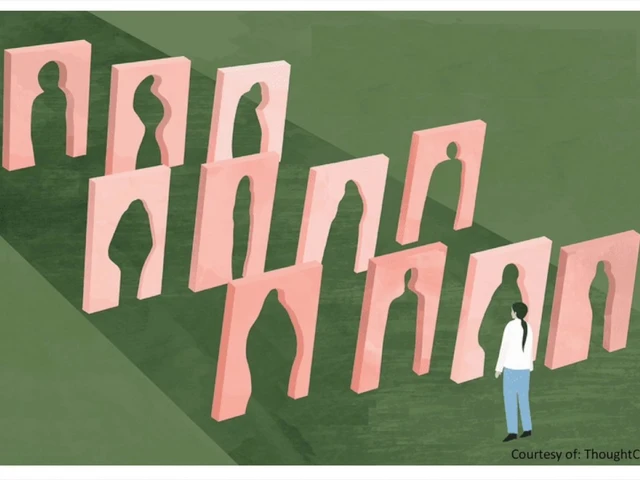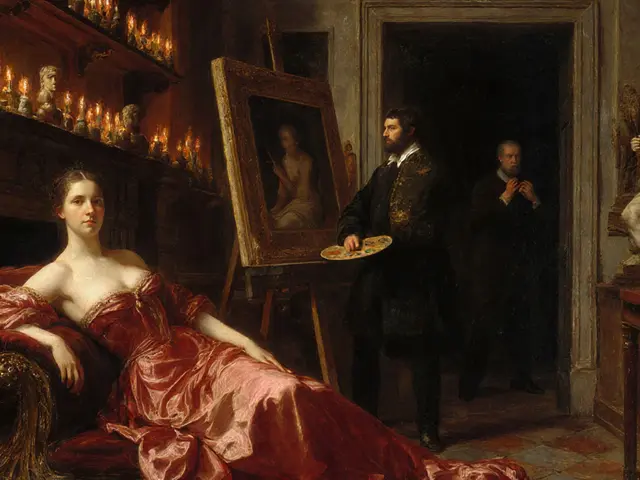European Escort History: From Past to Present
Ever wondered how the world of high‑class companions in Europe got its start? It didn’t begin with sleek apps or glossy magazines. Back in the day, escorts worked in hidden rooms, often linked to taverns or brothels that flew under the radar of authorities. Those early days were risky, but they set the stage for the sophisticated scene we see today.
Early Roots and Underground Era
In the 19th and early 20th centuries, European cities like Paris, Berlin and Vienna became hotspots for discreet companionship. Wealthy businessmen, artists, and diplomats would meet escorts in private salons or exclusive clubs. The work was illegal in many places, so the trade relied on word‑of‑mouth and secret networks. Despite the danger, escorts built reputations for elegance, language skills, and cultural knowledge—traits that still matter now.
During the post‑war boom, regulations began to shift. Some countries introduced licensing, while others kept the industry in the shadows. This mix of legality and stigma created a patchwork of rules across the continent. The result? A diverse landscape where independent escorts could thrive alongside agency‑run services, each adapting to local laws and client expectations.
Digital Revolution and Future Outlook
The internet changed everything. By the early 2000s, escort directories went online, giving clients instant access to profiles, photos, and rates. Platforms turned the market into a “Uber‑style” marketplace, speeding up connections and adding a layer of safety through reviews and verification. Today, apps, social media, and even AI chatbots help match escorts with clients in real time.
Looking ahead, the industry is likely to become even more tech‑driven. Expect more encrypted communication tools, virtual reality experiences, and stronger regulations focused on safety and workers’ rights. The trend is clear: professionalism, discretion, and digital convenience will keep shaping the European escort scene for years to come.
So whether you’re curious about the gritty origins or the sleek platforms of today, the history of European escorts is a story of adaptation, resilience, and constant reinvention. It’s a reminder that behind every headline, there’s a real network of people navigating changing laws, technology, and client needs.
The History of Call Girls in Europe: A Look Back
In my recent exploration of European history, I delved into the fascinating world of call girls and their role throughout the ages. As far back as ancient Greece and Rome, these women were known for their beauty, intelligence, and charm, often serving as companions to powerful men. Throughout the Renaissance and Victorian eras, their influence continued to grow, with some even becoming muses for great artists and authors. However, despite their prominence, call girls often faced societal stigma and harsh regulations. As we look back at their history, it's crucial to acknowledge their resilience and understand their place in shaping Europe's past.
The history of escorts in Europe: From courtesans to modern-day companions
In my latest blog post, I delved into the fascinating history of escorts in Europe, tracing their roots from the esteemed courtesans of the past to the modern-day companions we know today. It's amazing to see how the profession has evolved over time, adapting to societal changes and shifting attitudes. Courtesans, once celebrated figures in high society, were known for their beauty, intelligence, and wit, often holding significant influence over powerful men. As times have changed, the role of escorts has transformed, with many now offering companionship and emotional support to clients seeking intimate connections. It's an intriguing journey, revealing the complexities and nuances of human relationships and desires throughout history.
About
Adult Entertainment
Latest Posts


How to Maintain Your Privacy When Hiring Call Girls in Europe
By Sebastian LaCroix May 10, 2023

A Night to Remember: Real Experiences with Call Girls in Europe
By Sebastian LaCroix Nov 13, 2025

European Escorts & the Art World: Hidden Links Explained
By Sebastian LaCroix Oct 9, 2025


